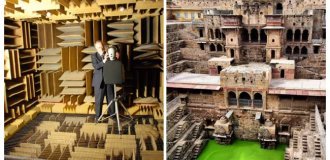A Village with Air Conditioning That Became a Starting Point for the Industry (8 photos)
Air conditioning is ubiquitous these days, but not long ago, cool air was considered a luxury reserved for commercial businesses. 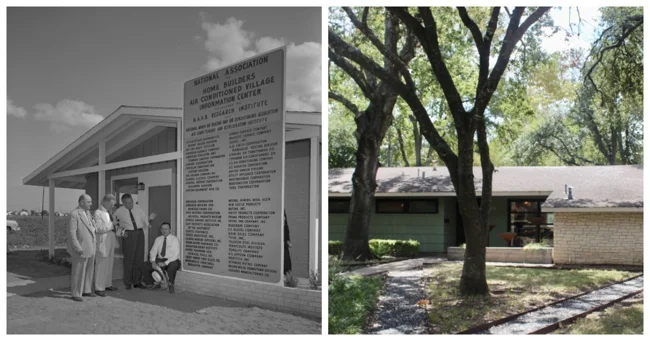
That all changed in the 1950s, when the National Association of Home Builders (NAHB) partnered with the University of Texas at Austin to develop a plan to determine the economic feasibility of installing central air conditioning in homes. Before that, the only affordable air conditioning solution for homes was window units. 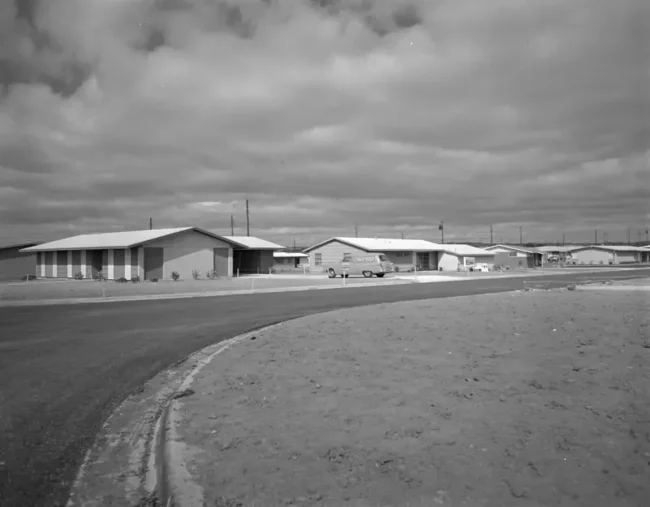
NAHB contacted various builders and air conditioner manufacturers and asked them to build a village of 22 single-story homes on the outskirts of Allandale, Austin, Texas, each equipped with equipment from one of the air conditioner manufacturers. Each home was approximately 1,500 square feet, had three bedrooms, one or two bathrooms, and a garage. 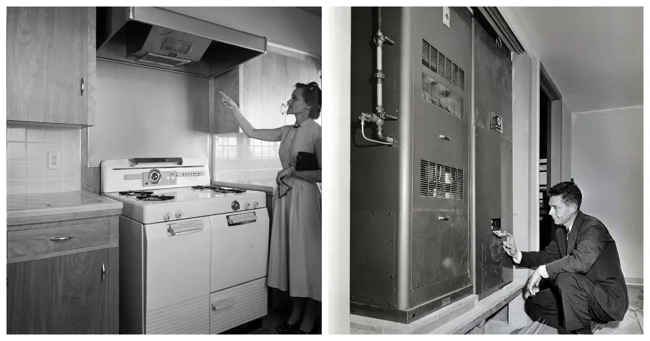
The houses were designed with features that made cooling easier and more efficient. For example, the walls and roofs were insulated, the roofs had wide overhangs and extended walls to create more shade, windows were positioned to avoid strong sun, and kitchens and bathrooms were equipped with ventilation systems. 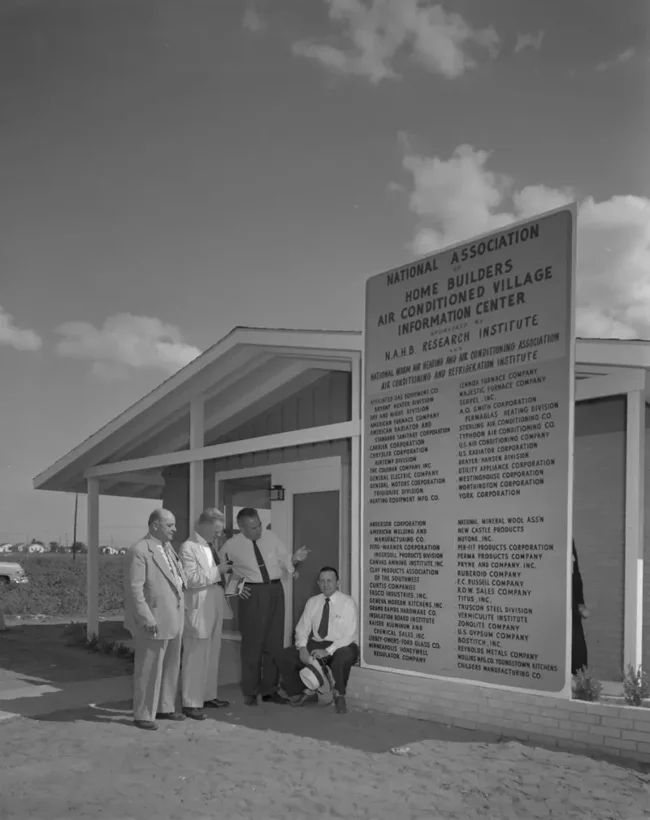
One of the first concerns was that the fans would be too noisy. The machines were huge and unsightly, so many builders used low exterior walls to hide them from view. Instead of metal ductwork, builders ran all the air conditioning ducts using sheet metal hidden in the walls. A 1955 article summarizing some of the research findings from the Air Conditioned Village project stated, “Bad ductwork was … the biggest headache.” 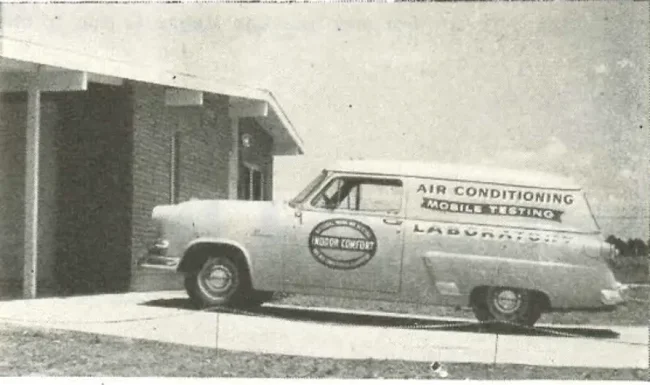
Despite the many unconventional construction methods, NAHB found no shortage of buyers. The homes were sold to willing families who agreed to have researchers observe various aspects of their home life for a year. The studies covered such issues as energy use, insulation effectiveness, and various energy efficiency and design considerations. 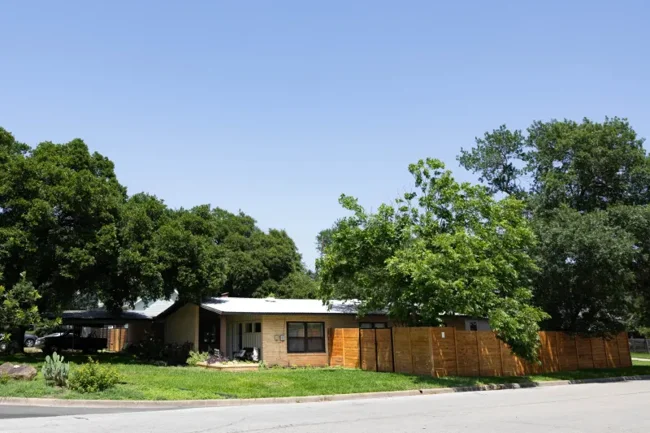
At the end of the year-long study, NAHB reported that families spent more time at home, slept longer, pursued hobbies, had better appetites, and were generally happier. Women in the Austin village with air conditioning reported less dirt and dust in their homes, which in turn allowed them to use previously considered luxuries like white carpets, drapes, and upholstery. 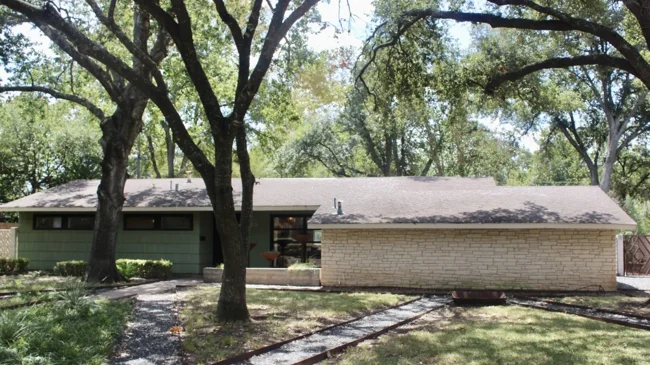
Soon after the study was published, the standard definition of a middle-class family changed to include a washing machine, a two-car garage, and air conditioning. By 1962, nearly 6.5 million U.S. homes, 60 percent of hotel rooms, and half of all office buildings had air conditioning. 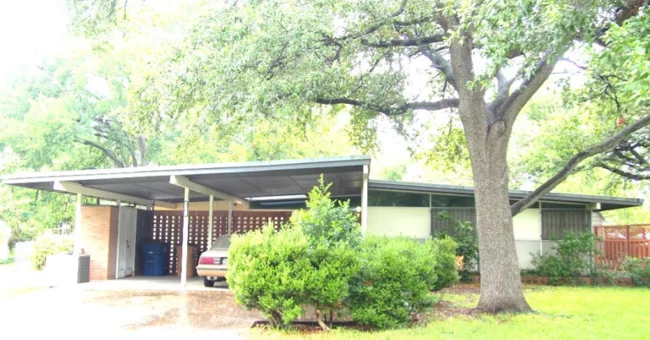
Some of the 22 original homes still stand, although the air conditioning has been replaced with modern ones. These homes tell a fascinating story about how this small neighborhood played a pivotal role in bringing air conditioning to middle-class homes.








